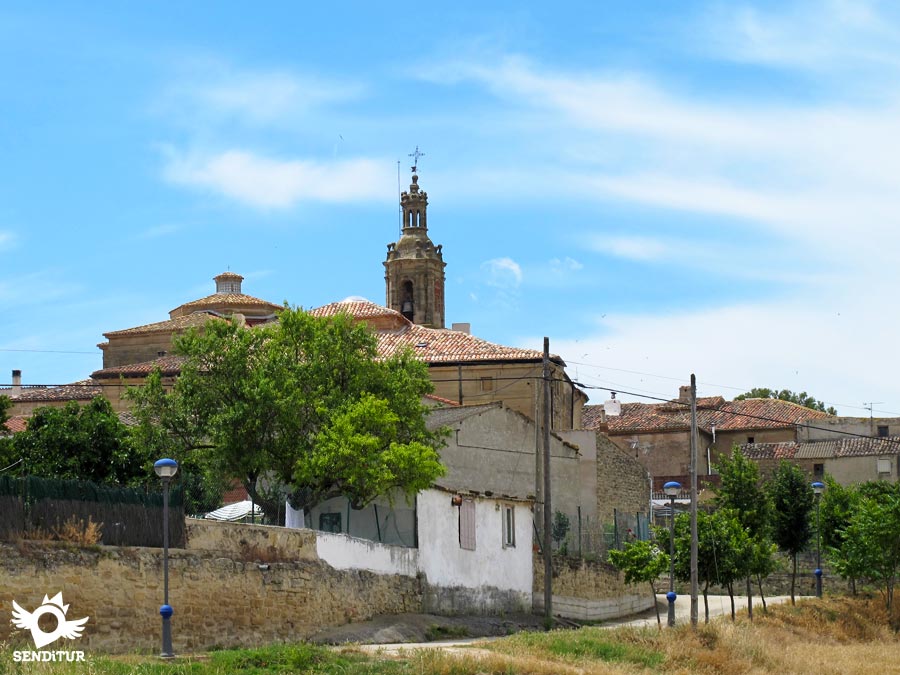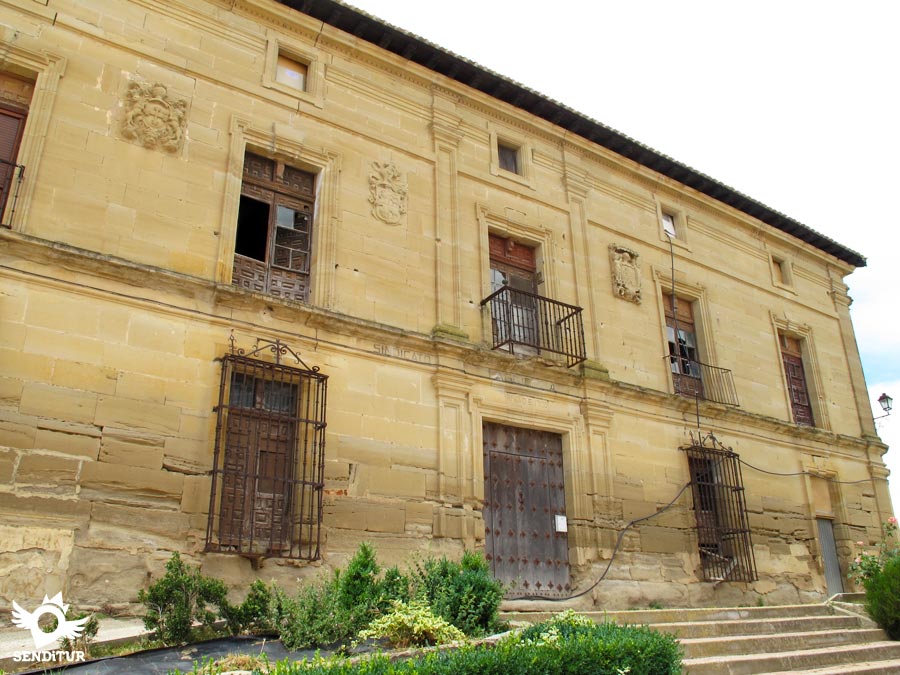Located between Viana and Los Arcos, it belongs to the judicial district of Estella and to the Montejurra Community. There is little news of the origin of Sansol. In Melgar, an uninhabited village in Sansol, there was an encomienda of the Order of St. John of Jerusalem which had governed a pilgrim hospital since the second half of the 12th century. The first written reference speaks of Sansol in the charter of the fuero de Los Arcos, granted by Sancho El Sabio in 1176 when he authorized the neighbors of Sansol to settle and acquire estates in Los Arcos.

As a village that belonged to this locality, and as a consequence of the Navarrese-Spanish wars, Sansol became Castilian from 1463 until 1753, when it was annexed to Navarre. During the War of Independence, a battle took place in the area between a French column and volunteer guerrillas from Sansol, Los Arcos and Torres del Río, commanded by Mina, in which the French had to retreat. Until the municipal reforms of the first half of the 19th century, it was governed by a mayor who appointed the viceroy of Navarre at the proposal of the people of the town.
Baroque palaces with monumental façades, located in the square next to the parish church and its surroundings, attract attention in the town centre. The most important dates back to 1702 and because of its appearance it is related to the Raón building in neighbouring Viana, it is known as the Palace of the Syndicate, it is built in ashlar and decorated with coats of arms. Also the square where it is located receives the same name, although it is popularly known as the goat, because the palace was the headquarters of the Catholic Agricultural Union in the 30s of the twentieth century, the balconies, like the windows retain the original forge.

On Calle Real there is another palace, that of the Melgars from the 18th century. Sansol also has some manor houses that retain their coats of arms. The parish church of San Zoilo, located at the high end of the town is baroque style, early eighteenth century although both the nave and the baptismal font of the sixteenth century seem to indicate the existence of a church of that century.
On Pentecost Monday, Sansol celebrates the spring festivities in honour of the Virgen de Nievas. In August, the first fortnight, with no fixed date, celebrates the summer festivals in honour of San Zoilo.
It is a tradition that in the parade of the Magi, which is shared with Desojo and Espronceda, each of the three villages contributes its king and pageboy.

The viewpoint on the portico of the church is a real balcony from which you can look out and see the entire landscape surrounding Sansol, from the village of Torres del Río to the Sierra de Codés and even La Rioja.
They say in Sansol that the name of the village is due to the patron saint of the parish, San Zoilo. This name is due to a legendary Benedictine abbot of the monastery of nearby Azuelo, called "Sancto Sole", Zoilo, like San Zoilo, who was a martyr from Cordoba in the fourth century and who like him was martyred by the Moors in the ninth century, since the monastery is of Cordoba origin as were its first monks.
Sansol can be reached by following the route of what used to be the national, now NA-1110, between Viana and Los Arcos, also reach him the NA-6310 that joins it to the Motorway of the Way A-12, or by the NA-7200 from the nearby Espronceda.
Sansol has a bus stop for the regular service that covers the Logroño-Pamplona/Iruña line.
SENDITUR is not responsible for any variation in the information described, as well as for the misuse of its guides and recommends that everyone be responsible and prudent in carrying out the activity. Likewise, we invite you to document yourself with books and specialized guides to complement the information described. From the commitment of SENDITUR with Nature and the respect to the balance of the environment, SENDITUR urges you to travel in a responsible way, with low environmental impact and respecting at all times the Natural, Cultural and Social environment wherever you go. For any suggestion, SENDITUR invites you to send an email to .
Continue watching …